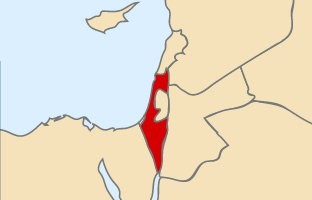A land divided: The internal conflicts of Zionism

On December 2, the Sunday after the United Nations General Assembly voted to accept Palestine as an observer state, Israeli Prime Minister Benjamin Netanyahu opened his cabinet’s weekly meeting with defiance. Not only did he declare that “the government of Israel rejects the . . . decision,” he equated it with the infamous UN resolution of 1975 that labeled Zionism as racism.
On the surface, this was a gut reaction to superficially similar circumstances: Israel again found itself nearly alone in the UN, and Netanyahu wanted to show that it would not be moved by immutable hostility. In the same mood, he approved steps to build a Jewish neighborhood in the West Bank linking Jerusalem with the settlement of Ma’ale Adumim—a step that even Israel’s closest allies vehemently oppose.
Examined thoughtfully, the content of the two UN decisions could not be more different. The “Zionism is racism” resolution negated the idea on which Israel is built: that Jews, defined as a national group, deserve political independence. The new resolution endorsed “the vision of two states . . . Palestine living side by side in peace and security with Israel.” Prima facie, it reaffirmed the original 1947 UN vote to partition British-ruled Palestine into a Jewish and an Arab state, the decision that led to Israel’s establishment. So why did Netanyahu, a man concerned with history and ideas, oppose it?





